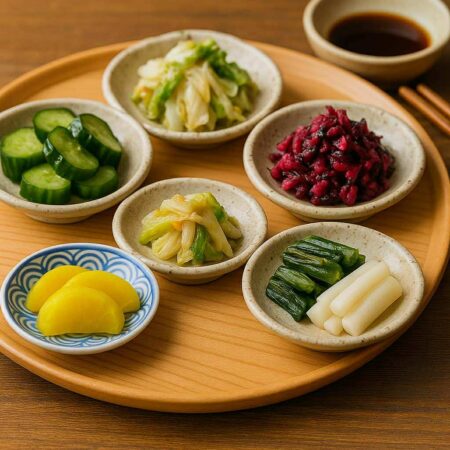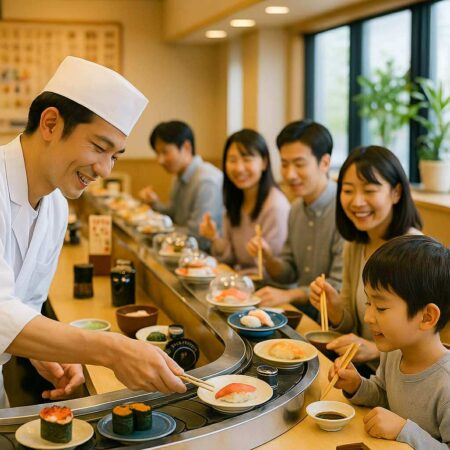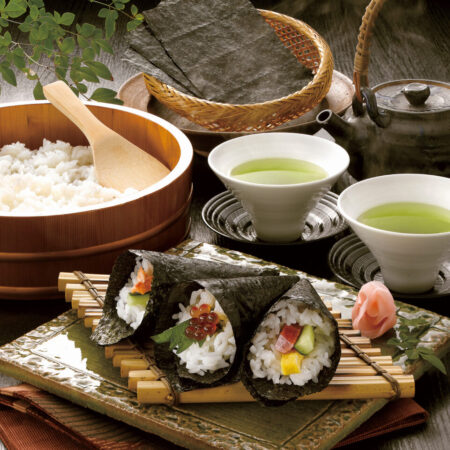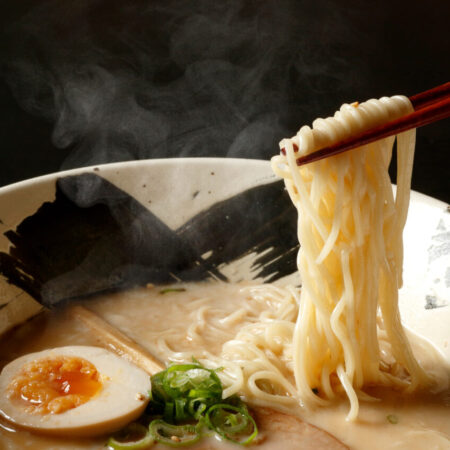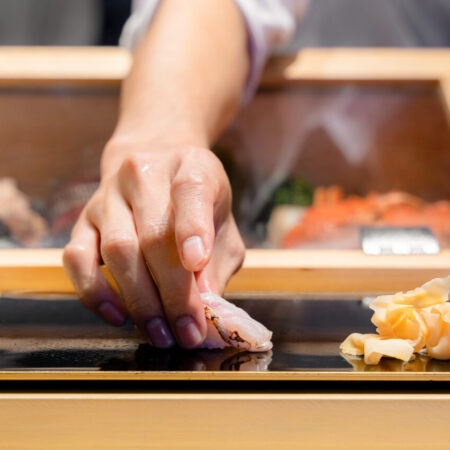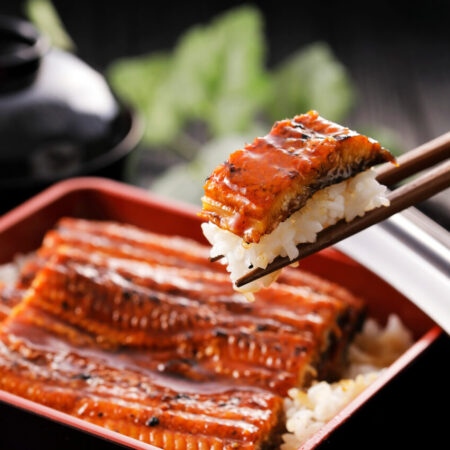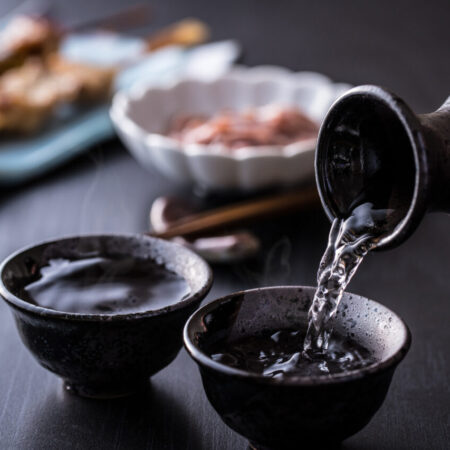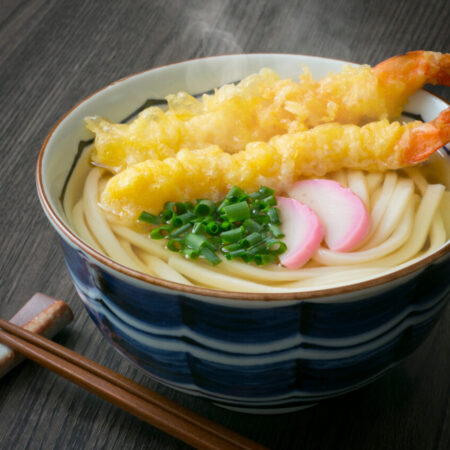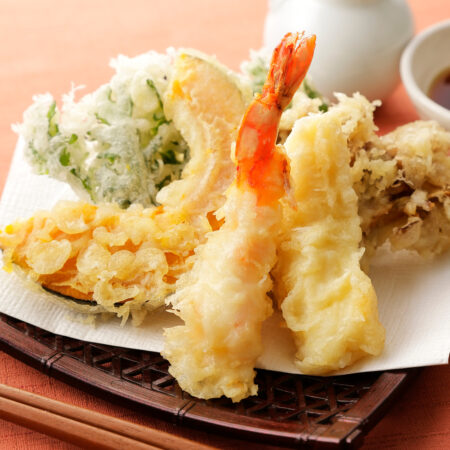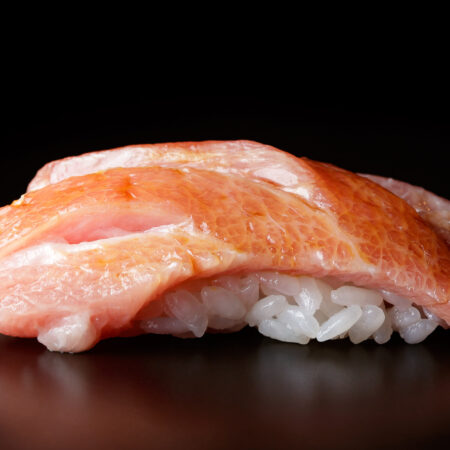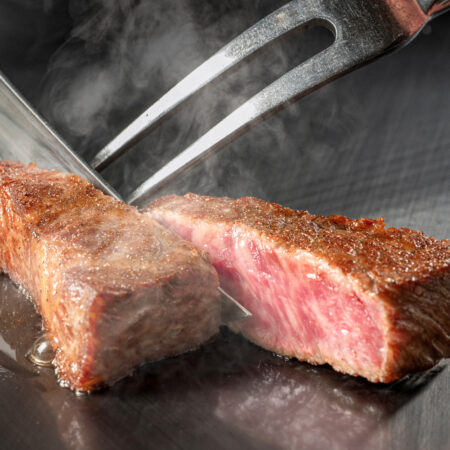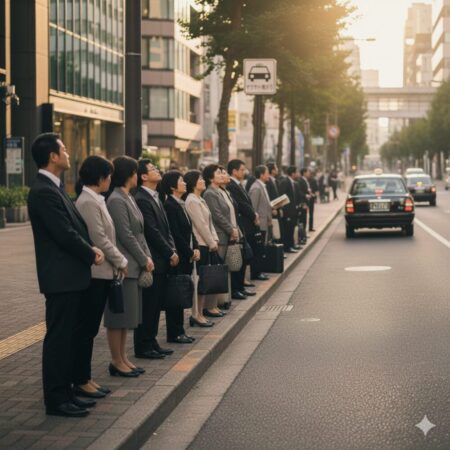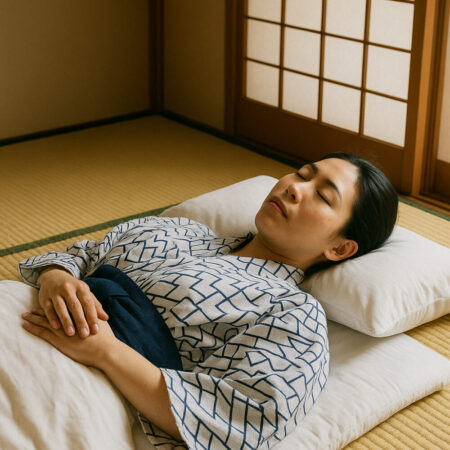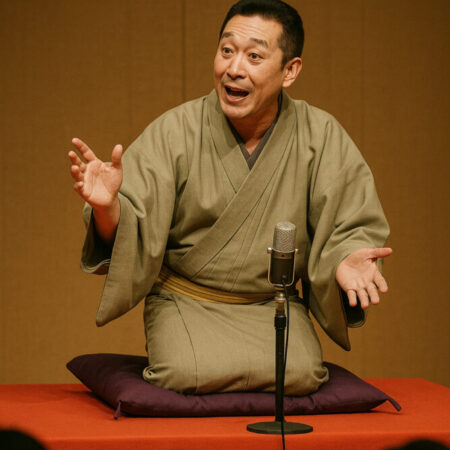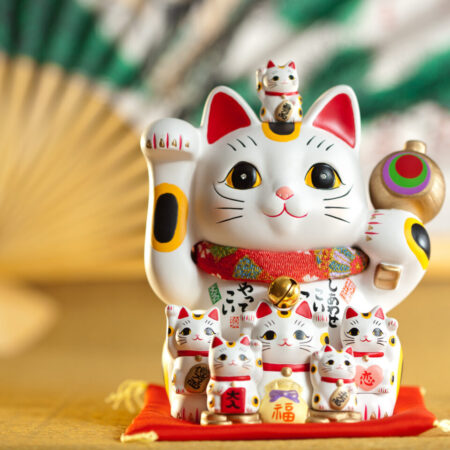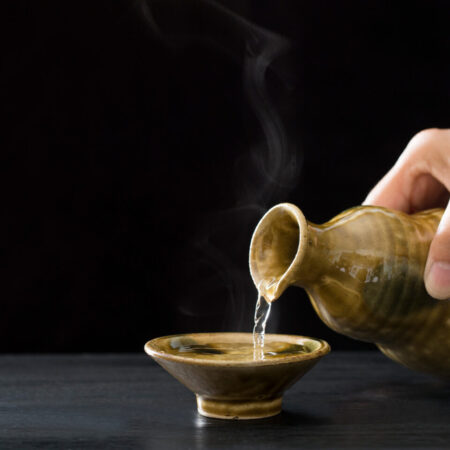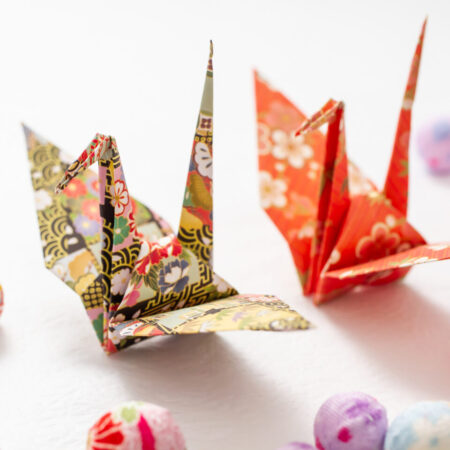A Cash-Driven Society and Modern Payment Methods
Japan remains a largely cash-driven society, with many establishments still operating on a cash-only basis. This is especially true in rural areas and certain traditional settings. Tourists should be prepared to carry cash with them. ATMs at post offices and convenience stores readily accept international cards. While cash remains king, electronic payment methods have started to gain traction. Most places accept domestic payment methods like Suica or Pasmo cards. However, international visitors can often utilize universally recognized systems like Apple Pay, though they are not as ubiquitous as Japan’s domestic options.
Public Etiquette and Cultural Values
In Japanese society, personal space and public behavior are paramount. One clear manifestation of this cultural emphasis is the importance placed on forming orderly queues. Whether it’s waiting for a bus or buying a ticket at a station, lining up and waiting one’s turn is the norm. This custom reflects the broader Japanese value of considering others and maintaining harmony in shared spaces.
Dining Etiquette and Ordering Systems
When it comes to dining, Japan offers a variety of ordering systems. Some restaurants use ticket machines where customers make their selections and pay in advance. Others provide tablets at tables for patrons to place orders. Generally, more upscale establishments lean towards traditional table service and bill payment at the table itself. Conversely, casual eateries often require customers to settle their bills at a counter near the exit.
Etiquette in Lodgings
One common misconception held by some visitors is the idea that items provided in their rooms, outside of the usual amenities, are gifts. In reality, items such as robes, towels, and teapots are meant to remain in the room or hotel. This distinction in hotel etiquette is crucial for tourists to understand to avoid unintentional faux pas. When in doubt, it’s always a good rule of thumb to ask the hotel staff.
Embracing and Respecting Japanese Etiquette for a Richer Experience
When visiting Japan, navigating a different cultural landscape may not always be easy. However, understanding and respecting the customs and manners mentioned above can bring you closer to the depth of Japanese culture and tradition. Recognizing the values and reasons behind these practices can transform mundane interactions into meaningful experiences. Travel is about immersing oneself in new cultures and perspectives. Embracing Japan’s unique customs will undoubtedly enrich your journey. Enjoy your stay, and savor the charm of Japan’s traditions and etiquettes.




